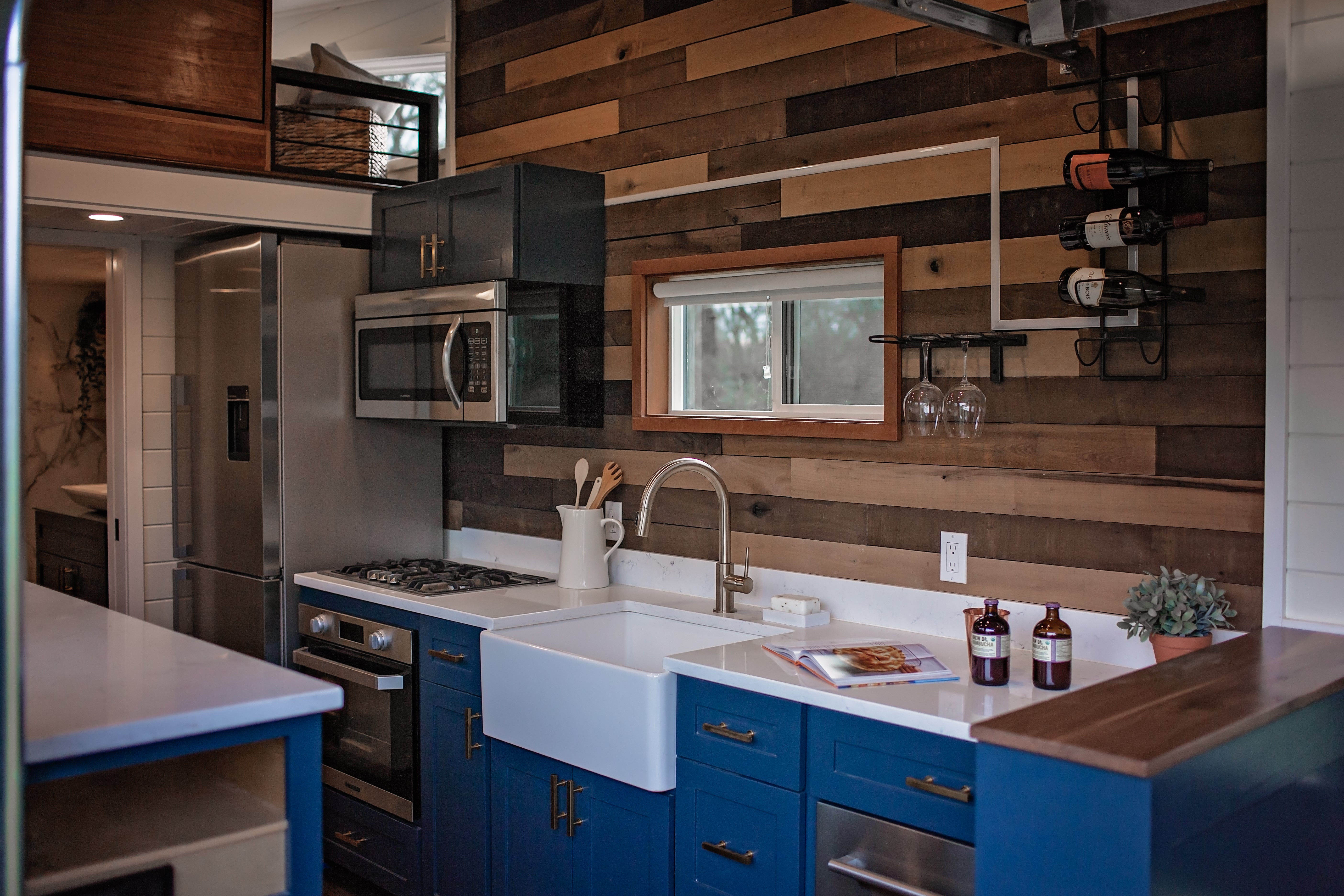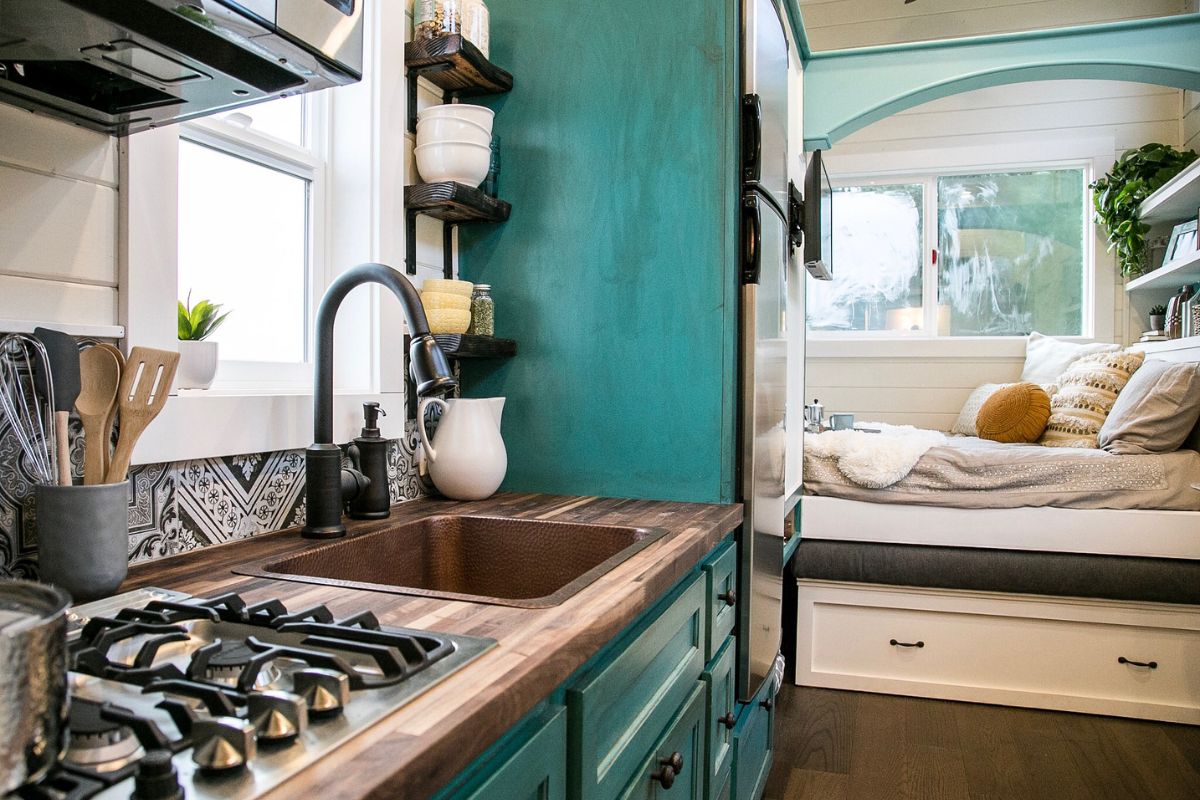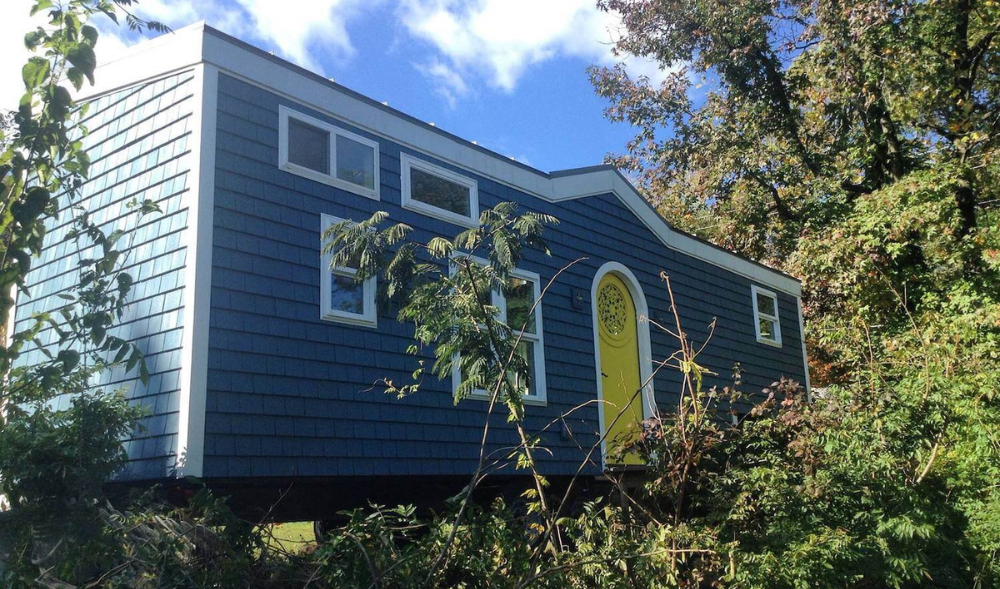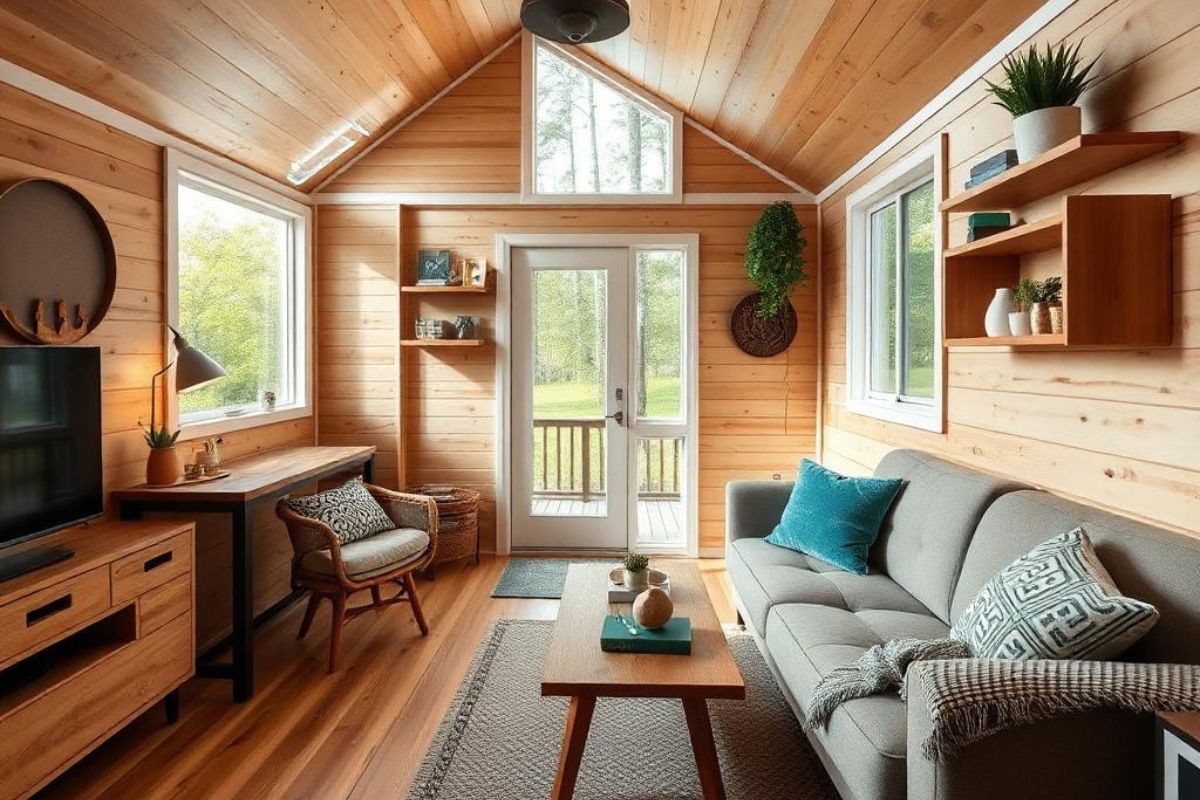Decorating a tiny home presents a unique challenge, as space can often feel limited. With the right strategies, it can serve as an engaging opportunity to showcase your personality and style. Wall art is one of the most effective ways to add charm and character without overwhelming the space. This guide will explore various techniques for incorporating wall art into your tiny abode, enhancing the aesthetics while maintaining harmony and functionality.
Understand Your Space
The first step to effectively decorating your tiny home with wall art is to understand your space. Measure the walls available for art to understand how much area you can fill. Keep in mind the scale of your furniture and existing decor, as oversized pieces can dominate a small room. Try imagining what types of art would complement your style, whether you prefer abstract, photography, or traditional pieces. Take note of your color palette as well. Harmonizing the wall art with other design elements fosters a cohesive look.
Each art piece should evoke a sense of emotion or inspiration, reflecting your unique personality. Make a plan for where each piece will go and how they will interact with each other. Using multiple small artworks clustered together is often more effective than a single large one. In tight spaces, it is important to use vertical areas because hanging art higher can create the illusion of more space. Staying mindful of your choices will facilitate a setup that feels balanced and visually appealing.

Choose the Right Style
Choosing the right style of wall art is crucial for creating the atmosphere you desire in your tiny home. Consider your tastes and how they might blend with your daily life. A bohemian aesthetic may thrive with colorful tapestries and eclectic frames, while a minimalist design might benefit from sleek, monochromatic prints. Identify whether you want your space to feel cozy and inviting or open and airy. Art can set the tone of a room, where textural pieces can introduce warmth, while structured geometric pieces might evoke modern elegance.
When it comes to finding the perfect wall art, thegoatwallart.com offers a vast variety to suit any style. From psychedelic and nature-inspired pieces to animal art, space pieces, motivational prints, abstracts, and watercolor designs and more, there’s something for every taste. You can also create custom pieces to fit your unique vision. Plus, the art is created by real artists, ensuring you’re getting something truly special for your space.
When exploring options, remember to think about function, as they should be decorative and reflective of your lifestyle. Statement pieces can become conversation starters, while collections might offer a glimpse into your interests. Utilizing a mix of art types, according to Printivart, can engage the senses, pulling together diverse elements into a cohesive design. By thoughtfully curating your wall art, you can transform even the smallest home into a space that feels uniquely yours.

Incorporate Personal Touches
In every project, personal touches establish a unique narrative. Wall art is no exception. Include pieces that tell your story, family photos, travel memories, or works from local artists that resonate deeply. Consider framing personal mementos or artwork made by children or friends. You might consider incorporating three-dimensional elements like wall-mounted sculptures or floating shelves designed to hold small curated objects.
Open frames allow you to swap art easily, which is great for decorating experimentation in the limited space of a tiny home. Even artwork that you’ve created can add a personal charm, so do not shy away from displaying your talents. Displaying art that reflects your journey and experiences creates a welcoming environment that feels lived in and comfortable for both you and your guests. Personalization plays a significant role in the overall vibe of your home’s aesthetic.
Play with Colors and Textures
Colors and textures significantly impact how a space feels. In a tiny home, balancing colors can create an inviting environment. Lighter shades tend to open a space, making it feel larger, while bold colors can add energy. Mixing various textures, like canvas, wood, or metal, creates visual intrigue and depth. Use color to draw attention to key areas or create focal points. An eye-catching piece, combined with a unique texture on the wall, adds complexity to simple designs. Be aware of the emotional responses colors can evoke.
Cool tones promote calmness, while warm tones tend to energize. A wall with mixed media art can serve as a backdrop and a statement piece, encouraging viewers to look closer. Connecting the right colors and textures makes the space feel cohesive and reflective of your style, while still retaining a sense of comfort in the compact setup.
Maximize Vertical Space
Maximizing vertical space is crucial when decorating a tiny home. Wall art can become a focal point that draws the eye upwards, giving the illusion of a more spacious environment. Consider art installations that stretch vertically or cluster smaller pieces together in a tall arrangement. This technique utilizes the height of walls and adds character without consuming too much square footage.
Floating shelves can hold small framed pieces or even plants, bringing life to the walls without adding bulk. While traditional hanging methods are effective, think outside the box, using wall-mounted brackets or grids can create more dynamic displays. Remember the power of layering art, as overlapping frames add depth and visual interest. By being strategic about arrangements and height, you can create a gallery-like feel that enhances your space.

Consider Lighting
Lighting can dramatically influence how wall art is perceived. Natural light enhances colors and textures, making art more vibrant during the day. For artwork in areas with limited light, consider installing dedicated lighting or using LED fixtures that highlight key pieces. Utilize dimmers for overhead lighting, offering flexibility depending on your mood. Wall sconces positioned strategically can create dramatic shadows, emphasizing the features of the art.
Even small accent lamps can become part of the decor and highlight smaller pieces effectively. It's wise to avoid harsh fluorescent lights, as they can dull colors and detract from the intricacies of the art. Soft, warm lighting complements art beautifully, allowing for a cozy atmosphere and enhancing visual appeal in a compact space.
From understanding the dimensions to experimenting with styles, bring your vision to life with intention and flair. Incorporate your unique story through personalized pieces, carefully curated colors, and smart lighting. The art you choose enables your small space to become a warm, welcoming haven that reflects who you are and what you love. With careful planning, you can transform any vertical surface into a canvas of creativity.






Share: